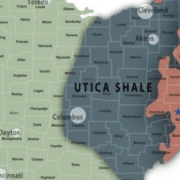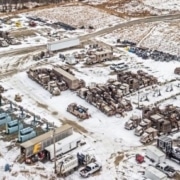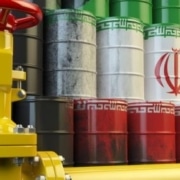Shale Gas Impact Fees, Yielded its Highest Payout
Shale Gas Impact Fees on natural gas wells yielded its highest payout to date this year, in 2018, the annual fee imposed on wells harnessing the abundant natural gas reserves in the Marcellus and Utica shales of the state yielded an impressive sum of $243 million. This significant revenue was further augmented by an additional $8.9 million in back fees, which were collected from companies that had previously refrained from making payments while awaiting court rulings on the exemption status of low-producing “stripper” wells. The successful collection of these fees not only represents a substantial financial gain for the state but also signifies a resolution to a long-standing legal dispute.
The revenue generated from these fees serves as a testament to the economic potential of the state’s gas-rich shale formations. The Marcellus and Utica shales have emerged as vital energy sources, attracting considerable investment and driving economic growth in the region. By imposing the annual fee, the state is able to leverage the extraction of natural resources for the benefit of its citizens, funding vital infrastructure projects, environmental protection measures, and other public services.
Underscores the State’s Commitment
Furthermore, the recovery of back fees from companies that withheld payments underscores the state’s commitment to fair and equitable enforcement of regulations. The legal deliberations surrounding the exemption status of low-producing “stripper” wells were complex and required careful consideration. By patiently awaiting the court’s decision and subsequently collecting the unpaid fees, the state demonstrates its dedication to upholding the rule of law and ensuring that all operators adhere to their financial obligations.
Overall, the successful collection of the annual fee and back fees signifies the state’s ability to effectively manage its natural resources and enforce industry regulations. It is a testament to the positive impact that the energy sector can have on the state’s economy, while also highlighting the importance of fair and consistent enforcement of policies. With these funds, the state can continue to invest in projects that promote sustainable development, foster innovation, and support the well-being of its residents.
Read the full article here
Source: Pittsburgh Post-Gazette
If you have further questions related to the Shale Gas Impact Fees topic, feel free to reach out to us here.











